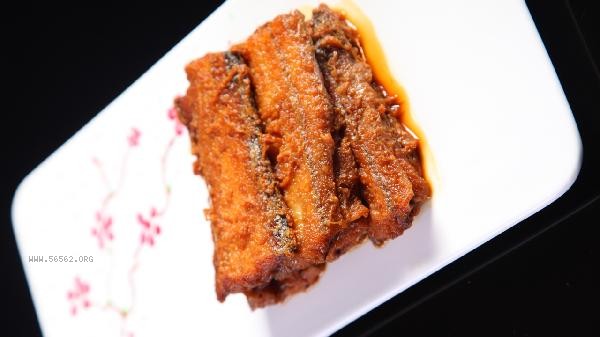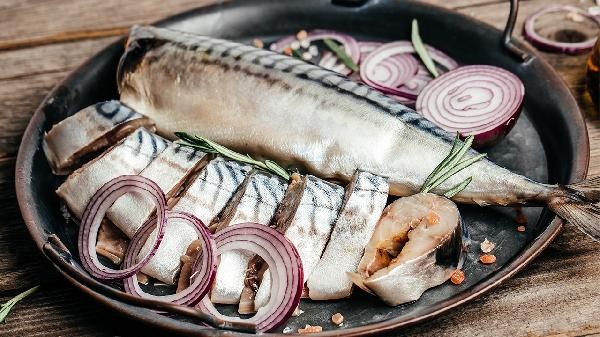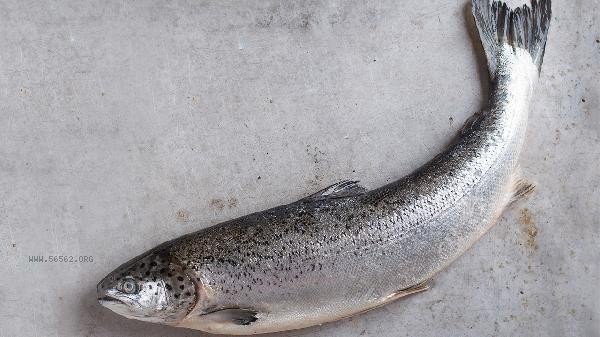The pickling and frying methods of hairtail mainly include cleaning, pickling and seasoning, and controlling the frying temperature. Mastering the correct method can remove fishy odor and preserve a fresh and tender taste, suitable for household kitchen operations.

1. Cleaning treatment
Fresh hairtail needs to first remove internal organs and head, and repeatedly rinse the abdominal cavity with running water for blood. The silver film on the surface of the fish contains rich nutrients, and it is recommended to keep it. After using kitchen paper to absorb the moisture, make diagonal cuts on both sides of the fish, reaching a depth of about the fish bones, for easy marinating and flavor enhancement. When handling, pay attention to checking for residual fish scales, and use the back of the knife to gently scrape against the scales.
2. Marinate and Seasoning
For every 500 grams of hairtail, apply 15 milliliters of cooking wine, 5 grams of ginger slices, 10 grams of scallions, and 3 grams of salt evenly to the inside and outside of the fish, and marinate for 20 minutes. You can add a little white pepper powder to help remove the fishy smell, and those who like spicy food can add dried chili segments. It is recommended to refrigerate during summer pickling to prevent spoilage, and room temperature is sufficient in winter. If there is enough time, marinating for 1 hour will enhance the flavor, but exceeding 2 hours will cause the meat to turn dry.
3. Fry over high heat
Heat a flat bottomed pan until a slight green smoke appears, then pour in oil. When the oil temperature is 60% hot, add the hairtail. Set on medium high heat initially, then simmer over low heat for about 1 minute. Fry on one side for 3 minutes and then flip over to keep the fish skin intact. During the frying process, the pan can be gently shaken to prevent sticking to the bottom, and the ripeness can be determined by observing the white edges of the fish meat. Thick bodied hairtail can be covered and stewed for 1 minute to ensure the center is fully cooked.

4. Oil control
The recommended amount of oil for frying is 3 millimeters below the bottom of the pot, using peanut oil or rapeseed oil with a high smoke point. When cooking for the first time, if the oil temperature is insufficient, it is easy to stick to the skin. You can first pat the fish body lightly to dry the starch and absorb the moisture. When adding hot oil midway, it is necessary to pour it along the edge of the pot to avoid directly pouring it on the fish and scattering the seasoning. The remaining oil after frying can be filtered and used for stir frying side dishes.
5. plating skills
Use a shovel to lift the pan fried hairtail as a whole from below the head, keeping the shape intact and placing it on the plate. Can be paired with lemon wedge to relieve greasiness, or sprinkled with chopped cilantro to enhance fragrance. Heating and concentrating the remaining marinade and pouring it over the fish can enhance the flavor level. Eating immediately can ensure a crispy texture, and it is recommended to use an oven instead of a microwave when reheating.

Choosing medium-sized hairtail weighing around 500 grams is more suitable for frying, as larger ones tend to be more dry. Frozen hairtail needs to be completely thawed and soaked in salt water to remove ice crystals. Before frying, ensure that the fish is completely dry to avoid oil explosion and burns. Paired with shredded white radish or pickled onions in vinegar can help with digestion. Regular consumption of hairtail can supplement high-quality protein and Omega-3 fatty acids, but gout patients should control their intake. Timely cleaning the pan with hot water after frying can remove the fishy smell.








Comments (0)
Leave a Comment
No comments yet
Be the first to share your thoughts!